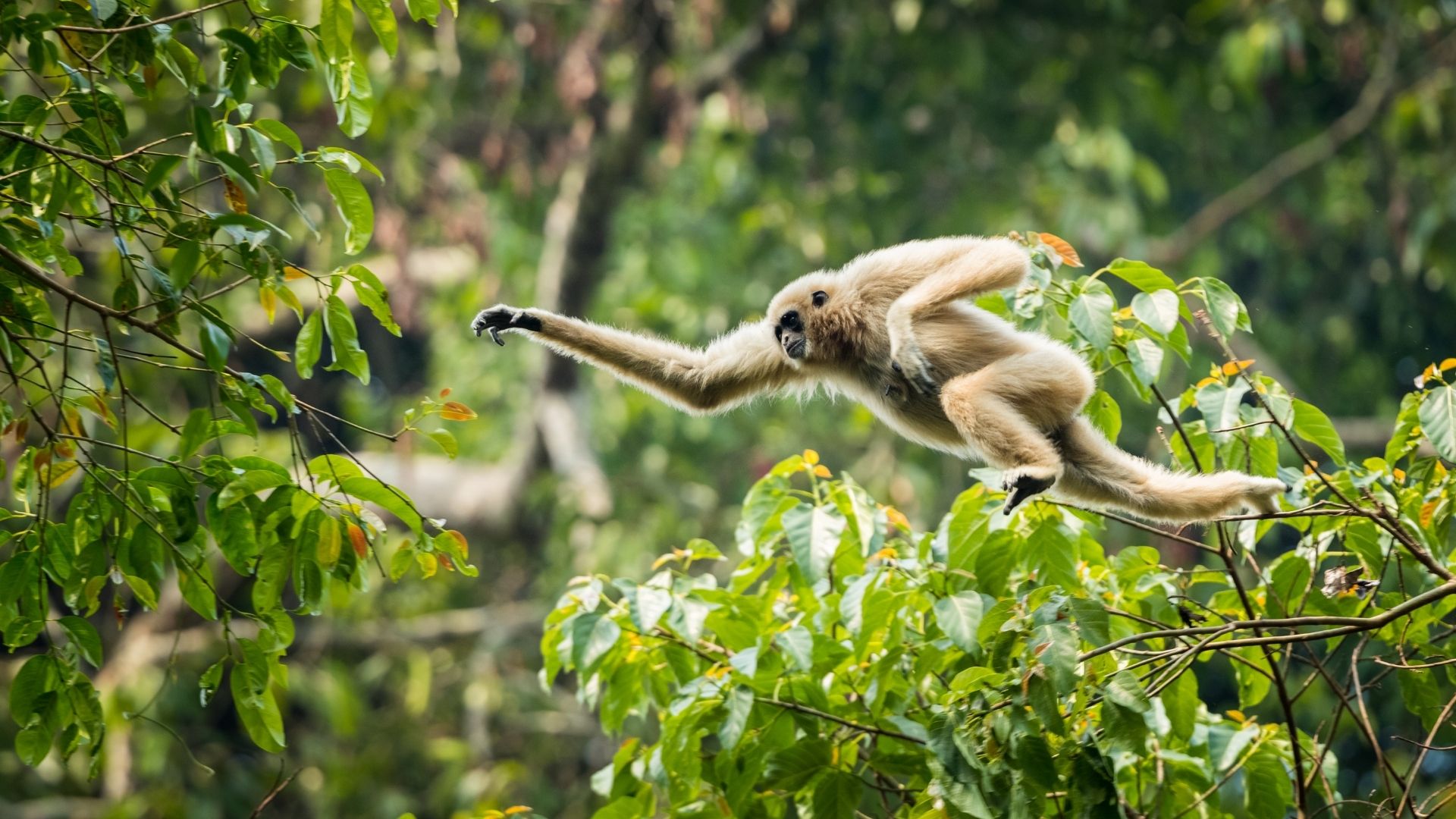There are about 51 representative species of monkeys and over 260 different types of monkeys around the world.
Contents
Mandrill
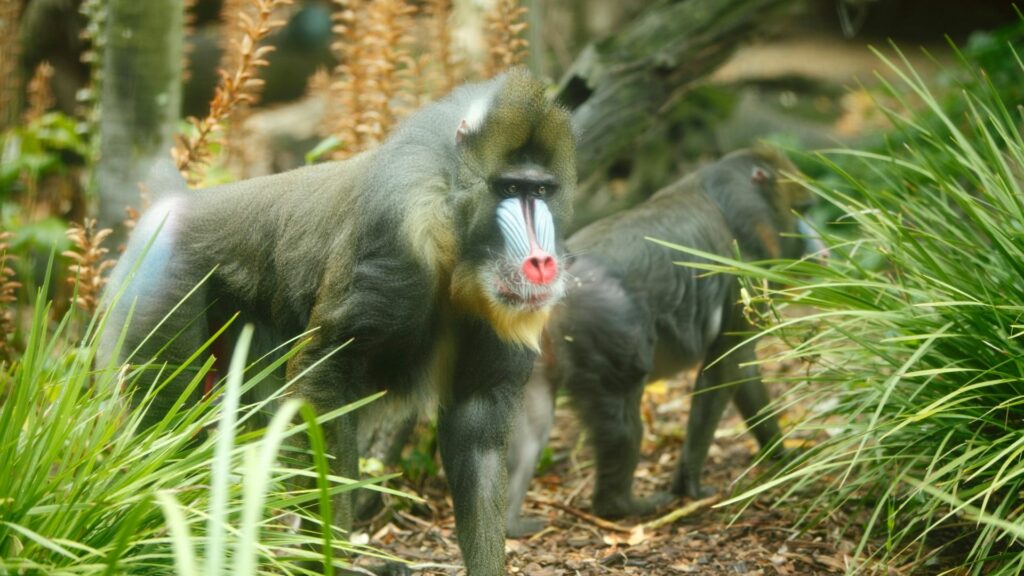
- Lifespan: 20 years (In the wild)
- Conservation status: Vulnerable
- Gestation period: 175 days
- Height: Male: 1.8 – 2.1 ft. (Adult, At Shoulder, while on all fours), Female: 18 – 20 in. (Adult, At Shoulder, while on all fours)
- Mass: Male: 42 – 82 lbs (Adult), Female: 22 – 33 lbs (Adult)
- Length: Male: 2.5 – 3.1 ft. (Adult, Without Tail, Head and body), Female: 1.8 – 2.2 ft. (Adult, Without Tail, Head and body)
Rhesus Macaque

- Scientific name: Macaca mulatta
- Gestation period: 166 days
- Conservation status: Least Concern
- Trophic level: Herbivorous
- Higher classification: Macaques
- Mass: Male: 17 lbs (Adult), Female: 12 lbs (Adult)
Panamanian White-faced Capuchin

- Scientific name: Cebus imitator
- Mass: 6.4 – 8.6 lbs (Adult)
- Higher classification: Capuchin monkeys
- Length: 13 – 18 in. (Adult, Without Tail)
- Gestation period: 152 – 183 days
- Rank: Species
Emperor Tamarin
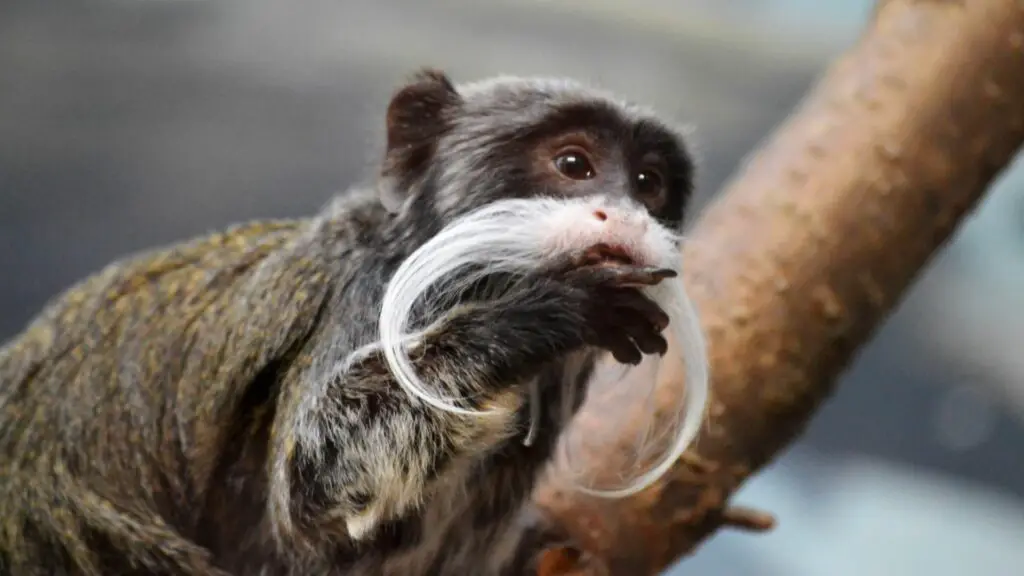
- Conservation status: Least Concern (Population decreasing)
- Scientific name: Saguinus imperator
- Mass: 1 lb (Adult)
- Trophic level: Omnivorous
- Higher classification: Tamarin
- Lifespan: 10 to 20 years si.edu
Lion-tailed Macaque
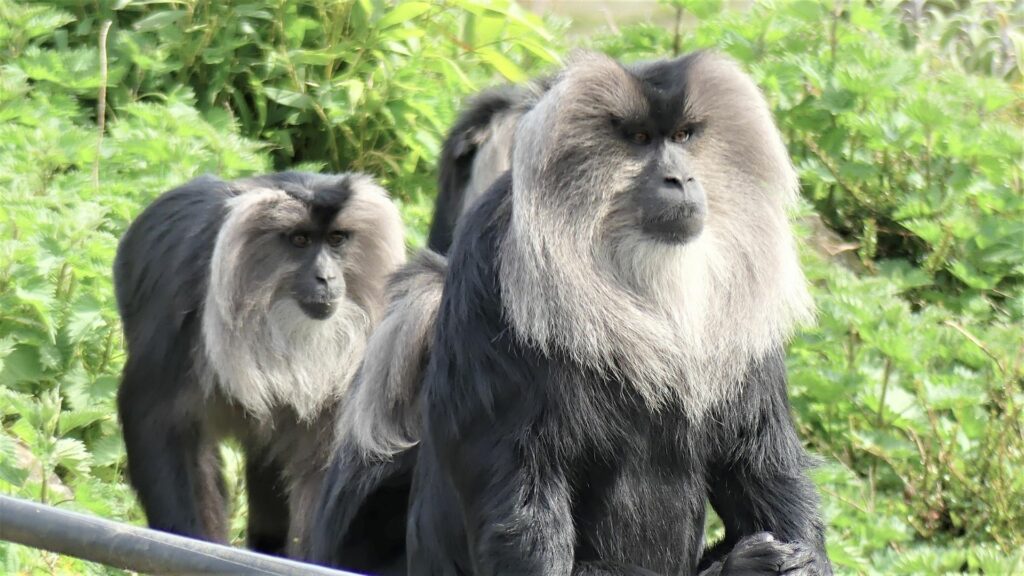
- Lifespan: 20 years (In the wild)
- Scientific name: Macaca silenus
- Length: 17 – 24 in. (Adult, Head and body)
- Conservation status: Endangered (Population decreasing)
- Trophic level: Omnivorous
- Mass: 4.4 – 22 lbs (Adult)
Guinea Baboon
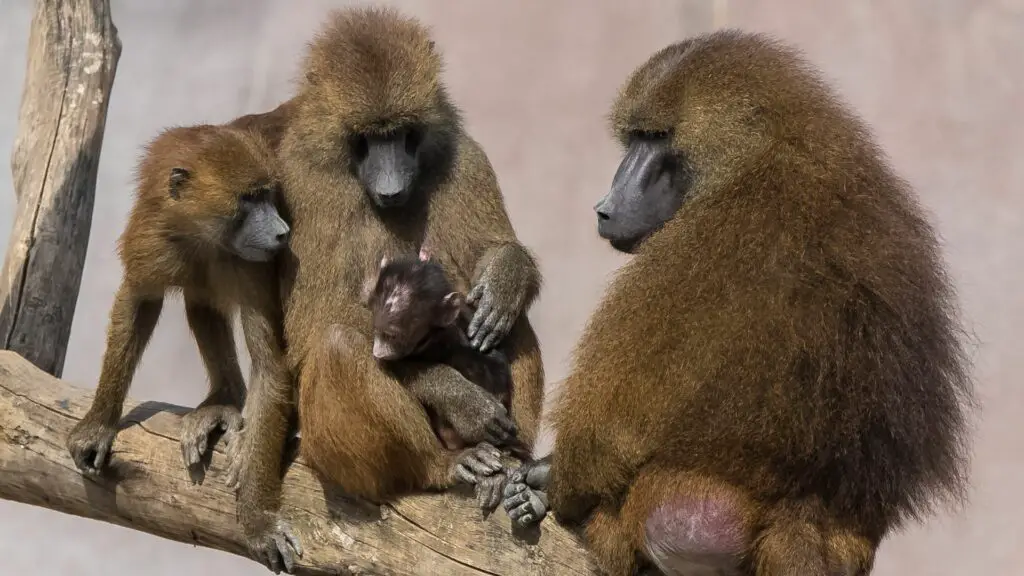
- Scientific name: Papio papio
- Lifespan: 35 – 45 years
- Mass: 29 – 57 lbs (Adult)
- Higher classification: Baboons
- Gestation period: 183 days
- Rank: Species
Proboscis Monkey
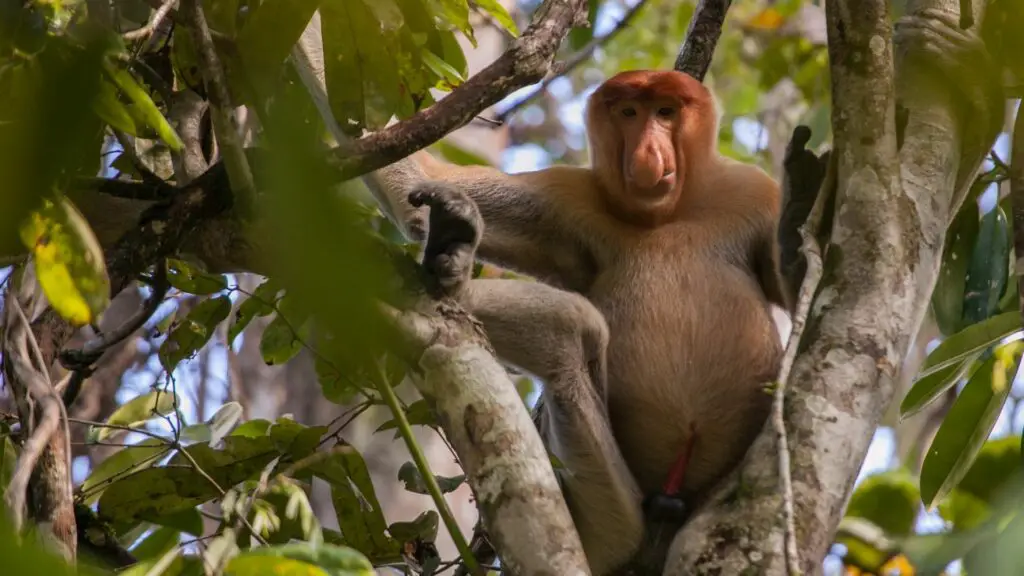
- Scientific name: Nasalis larvatus
- Conservation status: Endangered (Population decreasing)
- Trophic level: Herbivorous
- Mass: Male: 45 lbs (Adult), Female: 21 lbs (Adult)
- Length: Male: 2.2 – 2.5 ft. (Head and body), Female: 1.7 – 2.1 ft. (Head and body)
- Lifespan: 20 years neprimateconservancy.org
Japanese Macaque
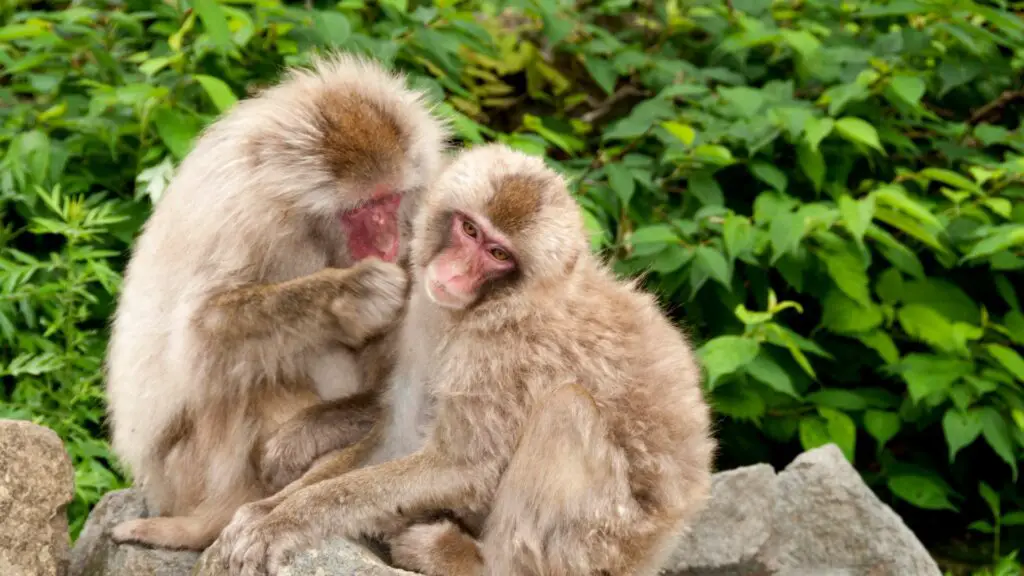
- Conservation status: Least Concern (Population stable)
- Scientific name: Macaca fuscata
- Trophic level: Omnivorous Encyclopedia of Life
- Lifespan: Male: 27 years (In captivity), Female: 6 years (In the wild)
- Height: Male: 1.9 ft. (Adult), Female: 1.7 ft. (Adult)
- Mass: Male: 25 lbs (Adult), Female: 19 lbs (Adult)
Common Marmoset
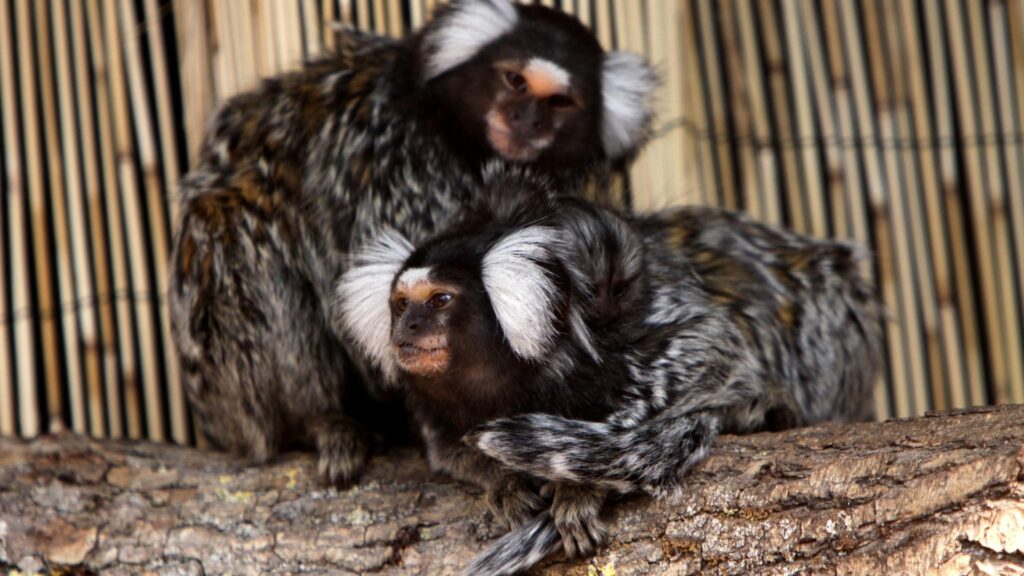
- Conservation status: Least Concern (Population stable)
- Scientific name: Callithrix jacchus
- Gestation period: 152 days
- Trophic level: Omnivorous
- Mass: Male: 9 oz (Adult), Female: 8.3 oz (Adult)
- Height: Male: 7.4 in. (Adult), Female: 7.3 in. (Adult)
Golden Lion Tamarin

- Conservation status: Endangered (Population stable)
- Scientific name: Leontopithecus rosalia
- Mass: 1.2 lbs (Estimated)
- Trophic level: Omnivorous
- Higher classification: Lion Tamarins
- Height: Female: 10 in. (Male), Male: 10 in. (Female)
Bald Uakari
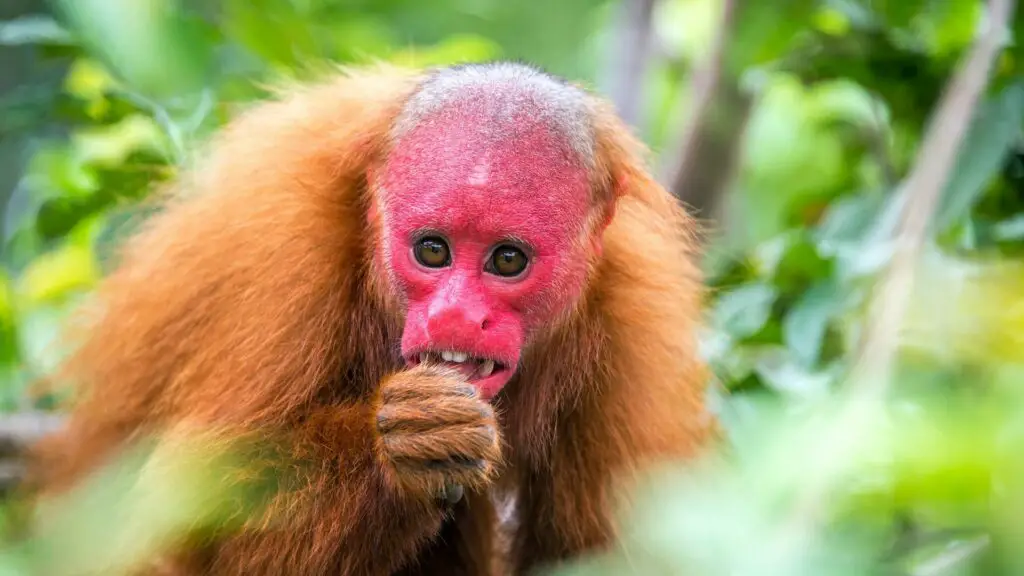
- Scientific name: Cacajao calvus
- Higher classification: Uakaris
- Order: Primates
- Infraorder: Simiiformes
- Class: Mammalia
- Weight: 3.45 kg
Colombian White-faced Capuchin
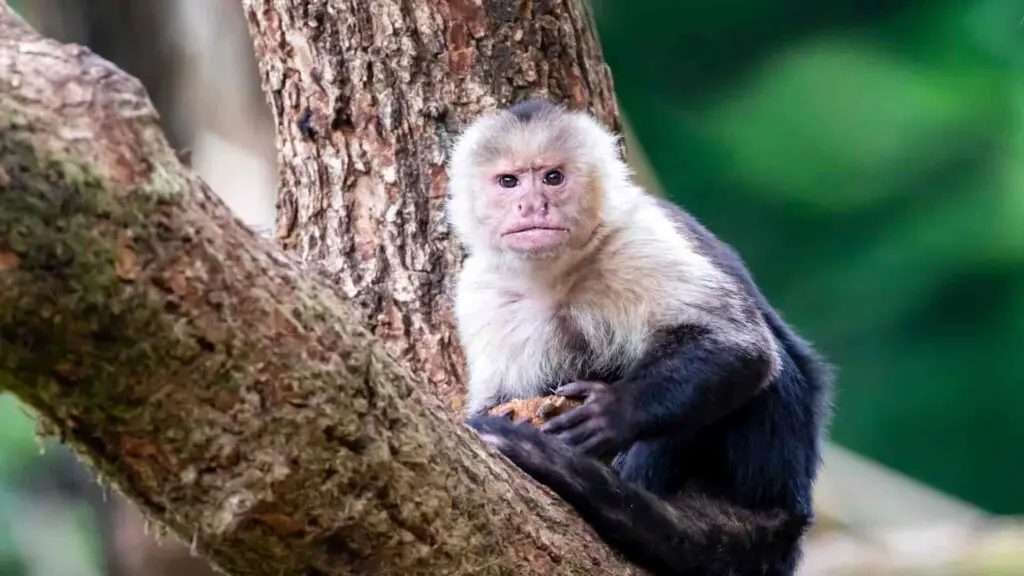
- Conservation status: Least Concern
- Scientific name: Cebus capucinus
- Trophic level: Omnivorous
- Gestation period: 161 days
- Mass: Male: 5 lbs, Female: 4 lbs
- Length: Male: 2.8 ft., Female: 2.8 ft.
Hamadryas Baboon

- Trophic level: Herbivorous
- Scientific name: Papio hamadryas
- Conservation status: Least Concern (Population increasing)
- Length: Female: 16 – 18 in.
- Tail length: 16 – 24 in.
- Mass: Male: 44 – 66 lbs, Female: 22 – 33 lbs
Crab-eating Macaque
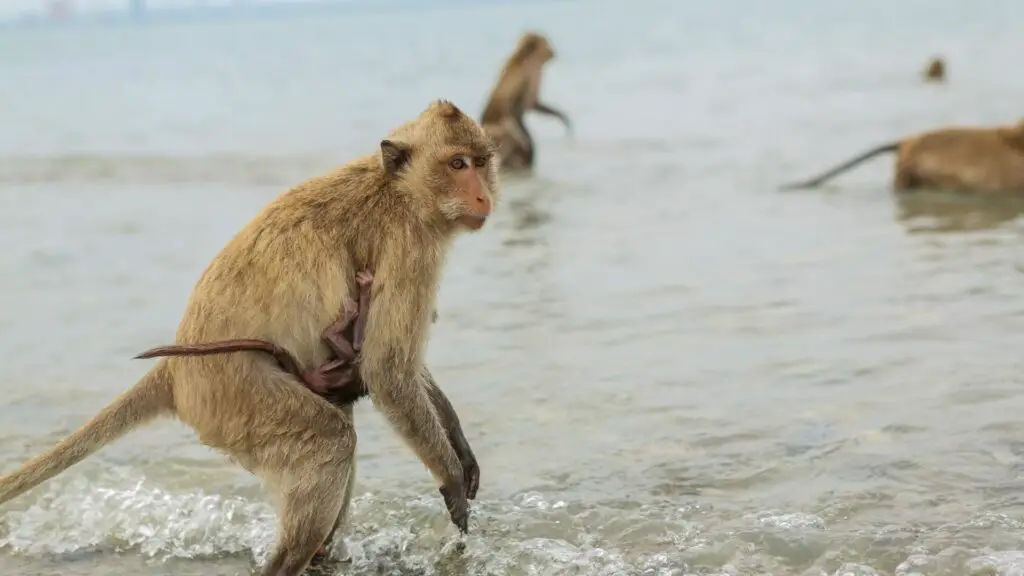
- Gestation period: 165 days
- Scientific name: Macaca fascicularis
- Conservation status: Least Concern (Population decreasing)
- Trophic level: Omnivorous
- Mass: Male: 4.4 lbs, Female: 3.2 lbs
- Lifespan: 25-30 years nih.gov
Barbary Macaque
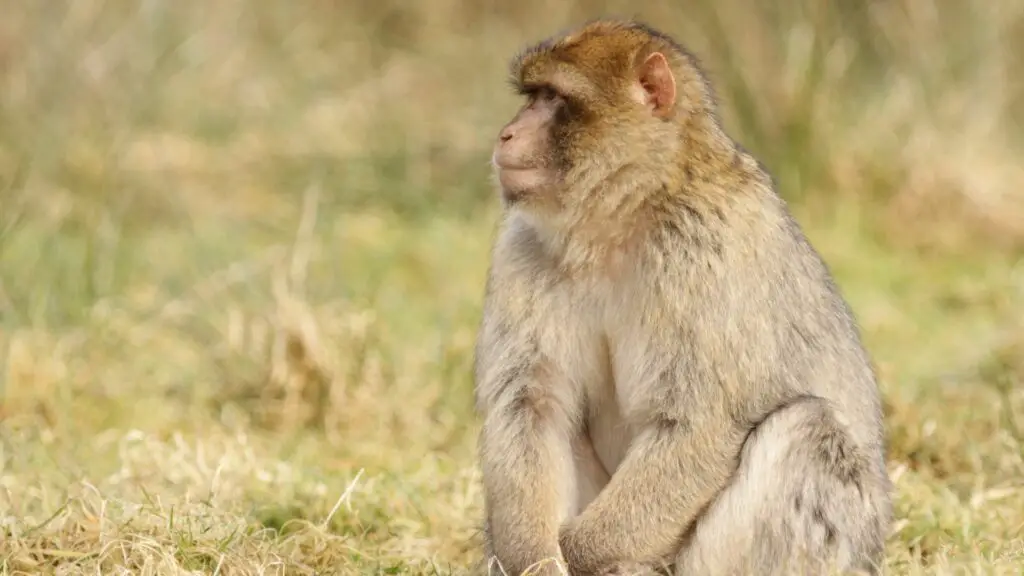
- Scientific name: Macaca sylvanus
- Trophic level: Omnivorous
- Conservation status: Endangered (Population decreasing)
- Mass: Male: 32 lbs (Adult), Female: 20 – 24 lbs (Adult)
- Length: Male: 2.1 ft. (Adult), Female: 1.8 ft. (Adult)
- Lifespan: around 25 years old
References:
To learn more about monkeys, visit the following resources:
- What kinds of monkeys are there? – Old World monkeys are found in Africa and Asia. Some examples are guenons, mangabeys, macaques, baboons, and colobus monkeys. New World monkeys are found in Mexico, Central America, and South America. Some examples are woolly monkeys, spider monkeys, howler monkeys, capuchin monkeys, and squirrel monkeys. – Monkey | San Diego Zoo Animals & Plants
- What is the most common monkey? – The most common monkey species found in animal research are the grivet, the rhesus macaque, and the crab-eating macaque, which are either wild-caught or purpose-bred. – Monkey – Wikipedia
- How many types of monkeys do we have? – There are more than 260 different types of monkeys. They are separated into two major categories: New World and Old World. The New World monkeys live in the Americas, while Old World monkeys live in Asia and Africa. – Monkeys: Facts, Types & Pictures | Live Science
